Curious if your emails are really moving the needle for your business?
It's time to pull back the curtain and get insider access into how your emails are really performing. Know which messages hit the mark and which ones miss by measuring important numbers like open rates, click-through rates, and conversions.
Gain valuable insights into what really engages your audience so you can tailor your content to connect deeper. And just like having a financial roadmap, tracking metrics shows you the direct path from your campaigns to the bottom line.
To take your email efforts to the next level with data-driven decisions. Learn the metrics that matter, like ROI, and how to optimize your strategy for maximum results.
Get ready to boost engagement and sales through the power of measurement. Join us behind the scenes to discover proven ways to make every campaign successful. So, let us start with the importance of tracking email marketing.
Importance of Tracking Key Metrics
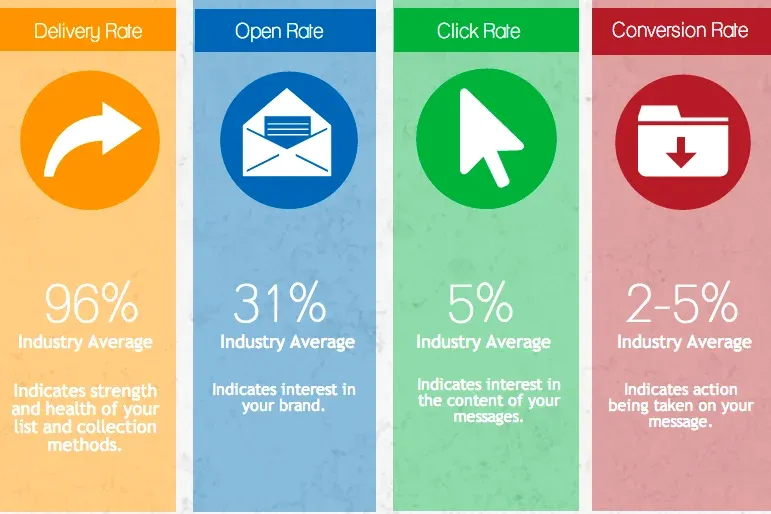
Want to score big with your email campaigns? Don't miss these game-changing strategies for tracking key metrics.
We'll reveal how the right metrics give you a play-by-play of performance, help you really know your audience, maximize your money moves and let data be your coach.
Keep reading to level up your game and take your marketing to new heights!
Performance Evaluation and Getting Better
Measuring email marketing success is like checking the scoreboard of your favorite team.
You get to see how your emails are doing – are they a slam dunk or missing the mark?
Look at metrics like open rates (how many open your emails), click-through rates (who's clicking on your links), and conversion rates (those who take action). This gives you a clear picture of what's working and needs a tweak.
Knowing Your Audience Better
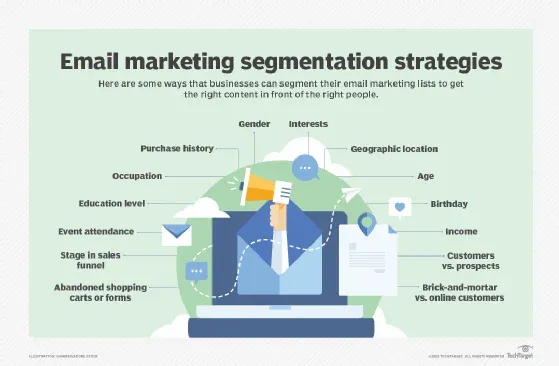
Tracking key metrics is like having a backstage pass to your audience's preferences. You'll find out which emails are a hit and which are a miss.
This insight helps you tailor your content and messages to connect better with your target crowd.
The Money Talk: ROI Measurement
Now, let's talk dollars and cents. Tracking these metrics is like having a roadmap from your email marketing to your bank account.
You can measure metrics like conversion rates (how many take action) and the cash they bring in. This helps you budget smartly and make informed choices.
Data-Driven Decision Time
Imagine having a treasure map rather than a shot in the dark. When you track email marketing success, you get data that guides your decisions—no more guessing games.
Instead, you build your strategy on real insights from the metrics you follow.
So, now that we've understood the importance of tracking email marketing metrics let's keep it straightforward and dive into the first metric:
Metric 1: Setting Goals for Email Marketing Campaigns
This is where you lay the groundwork for a successful email marketing campaign. Set clear goals. It's like having a destination in mind when you set out on a journey.
These goals help align your email marketing strategy with your overall business objectives.
Some common goals to set include:
- Increasing Open Rates: If you want more people to open your emails, set a goal to boost open rates by a certain percentage.
- Boosting Click-Through Rates (CTR): If you aim to get more traffic to your website or landing pages, set a goal to increase your click-through rates.
- Growing Your Subscribers: If expanding your email list is a priority, set a goal to increase the number of subscribers by a specific amount.
Now, to reach these goals, you need a plan. For instance, to increase online sales by 15%, spruce up your email design, personalize content, and make those call-to-action buttons impossible to resist.
To drive a 20% boost in website traffic, send out targeted email newsletters with top-notch content and relevant links that guide your readers to your site.
If you're looking to improve customer retention by 10%, create a drip campaign to keep customers engaged and send personalized emails on special occasions or milestones.
Setting and achieving these goals helps you stay on course and track your success. It's like having a compass for your email marketing campaigns, and it guides you in the right direction.
Metric 2: Open Rate: Determining Reach and Engagement
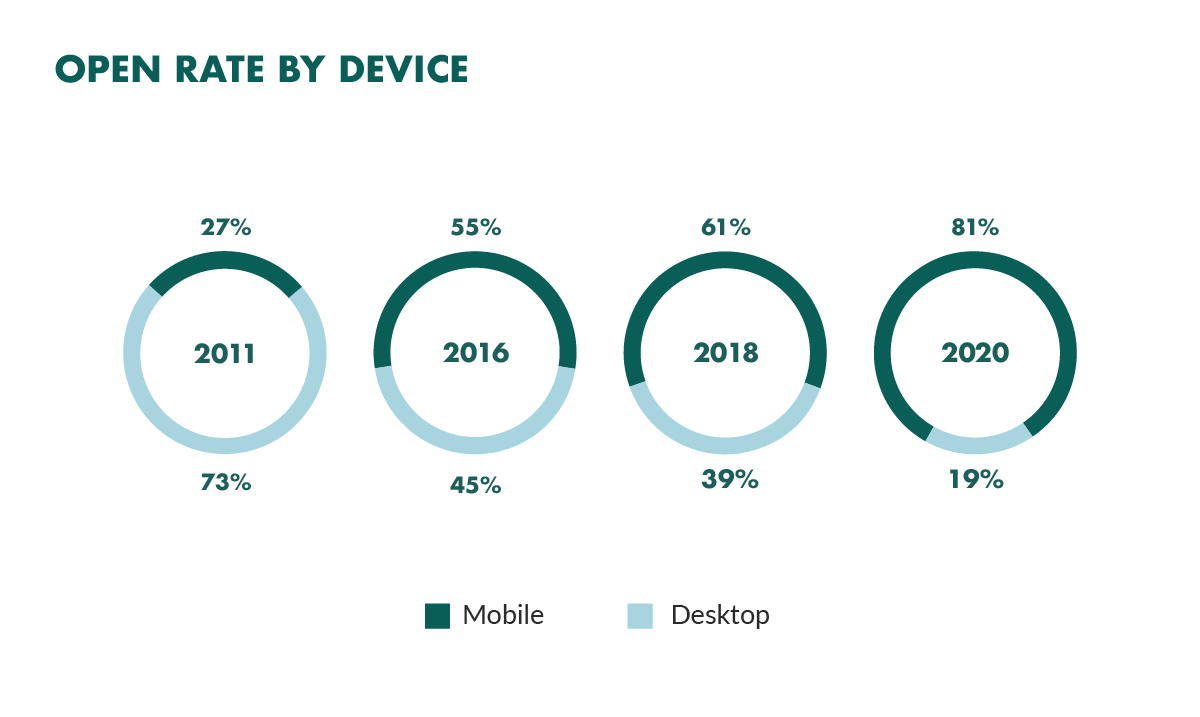
The open rate is your email's friendly wave. It tells you how many recipients opened your email.
A high open rate means your subject lines are like warm invitations, and your emails are reaching the right folks.
Here are some simple strategies to boost your open rate:
- Craft Catchy Subject Lines: Your subject line is a conversation starter. Make it interesting, engaging, and personal to increase the chances of your emails getting noticed.
- Segment Your Audience: Think of this as tailoring your message to your audience's interests. By sending content that speaks to their preferences, you increase the chances of getting more opens.
- Experiment with Send Times: Consider it like finding the perfect moment to call a friend. Try different send times to see when your audience will engage with your emails. Find that sweet spot and stick to it.
By putting these ideas into action, you can boost your open rate and make sure your emails are hitting the right mark.
Suggested Reading:
Metric 3: Click-Through Rate (CTR): Measuring Engagement
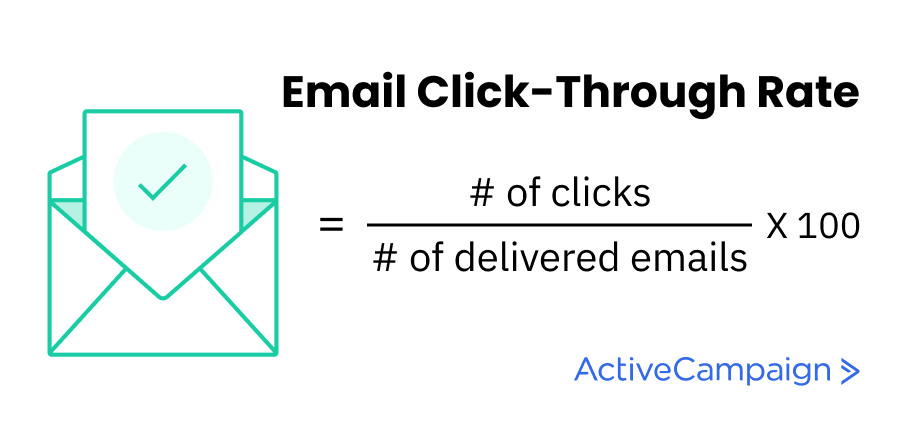
The click-through rate (CTR) is like the applause in your email campaign. It shows how many recipients not only opened your email but also took action.
Here's how to enhance your CTR:
- Make Your Calls-to-Action Clear: Think of it like giving clear directions. Your calls-to-action (CTAs) should stand out, use persuasive language, and tell your recipients exactly what you want them to do and why they should do it.
- Personalize Your Emails: It's like customizing a gift for a friend. Tailor your emails to match your subscribers' interests. Personalization makes your email content more relevant and increases the chances of recipients clicking on your links.
- Experiment with Content Formats: Consider it as trying different outfits to see which one fits best. Experiment with text-based emails, image-heavy emails, or interactive emails. Analyze which format resonates best with your audience and go with it.
By trying these simple strategies, you can boost your CTR and get more engagement from your email campaigns.
Metric 4: Conversion Rate
Conversion rate is like counting how many customers said "yes" after you asked them to join your club. It's all about measuring your emails' effectiveness in getting people to take the action you want.
Here are some ways to increase the conversion rate:
- To track your conversion rate effectively, start with clear goals. Think about what you want your subscribers to do, whether purchasing or visiting your website.
- Use conversion tracking tools provided by your email marketing platform to keep an eye on what your recipients do after clicking your links. Regularly review your conversion rate data to spot areas for improvement.
- Experiment with different strategies, like tweaking your email content, CTAs, or landing pages, to make your conversion rate even better over time.
Suggested Reading:
Metric 5: Bounce Rate
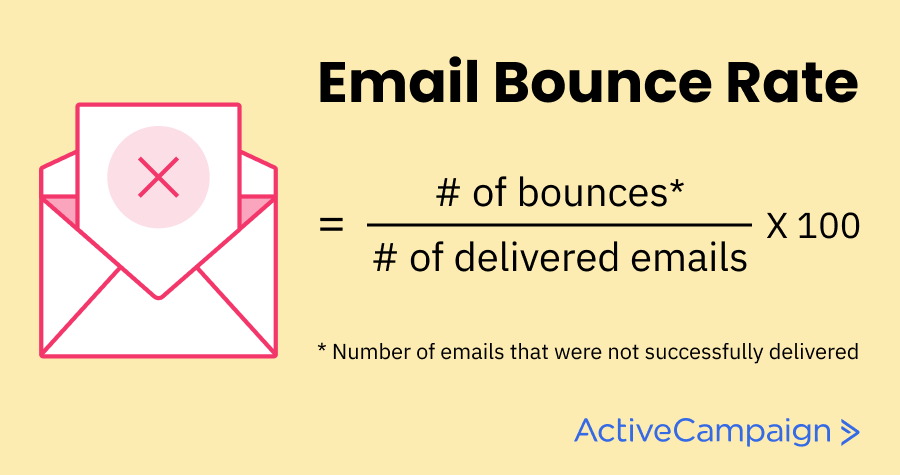
The bounce rate in email marketing is like checking which of your invites got returned to the sender.
A high bounce rate means some of your emails aren't reaching recipients. Tracking this metric helps you clean up your list so future messages actually land in inboxes.
It's like making sure everyone you invite can actually make it to the celebration! Keeping your bounce rate low helps more people see - and engage with - what you have to say.
There are two kinds of bounces:
- Hard Bounces: These letters can't be delivered because the address is wrong or the server is on vacation.
- Soft Bounces: These are like "try again later" notes. They happen because the inbox is too full or the server is taking a short break.
To keep your bounce rate in check:
- Clean Up Your List: It's like decluttering your closet. Regularly remove hard bounces and subscribers who don't open your emails. They're just taking up space.
- Use Email Verification Tools: These are like having an address checker. Find and remove invalid email addresses.
- Encourage Updates: Ask your subscribers to update their contact info, like a friend updating their phone number. Include a link in your emails to make it easy.
Monitoring and analyzing bounce rates help you catch problems early and keep your email list clean.
Suggested Reading:
Metric 6: Unsubscribe Rate
Unsubscribes are like saying goodbye to a friend. The unsubscribe rate tells you how many subscribers leave after getting an email.
To keep your subscribers around:
- Send them content that matches their interests.
- Don't overwhelm them with too many emails.
- Personalize your emails to make them feel special.
- Make it easy for subscribers to manage their preferences.
Reducing unsubscribes helps you keep your audience engaged with your brand.
Metric 7: Return on Investment (ROI) - Show Me the Money
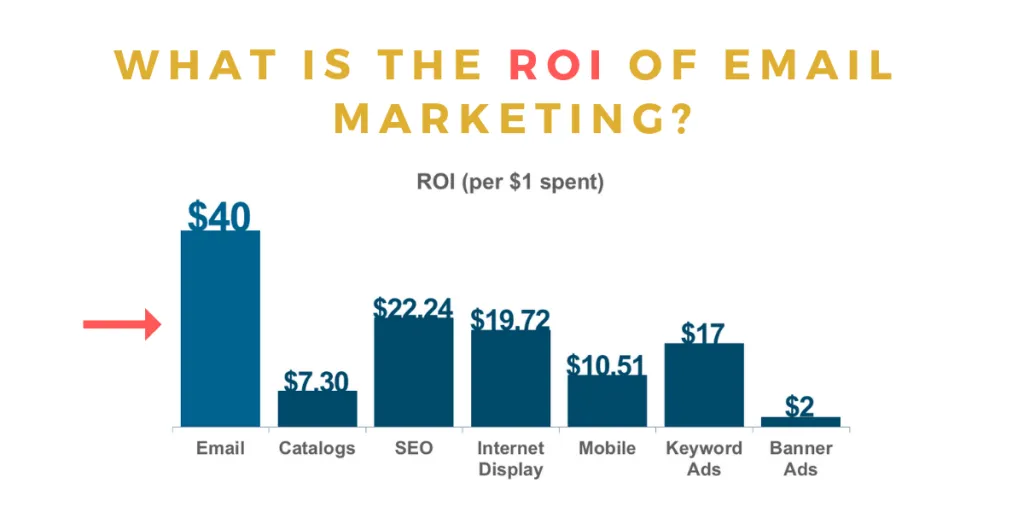
ROI is the moneymaker. It helps you see if your email marketing is turning a profit. It's like looking at the cost of your campaign and how much money it brought in.
To measure and boost your ROI:
- Set Clear Goals: Know what you want to achieve before you start. Track conversions and revenue using the right tools.
- Keep an Eye on Costs: Understand where your money goes, like counting your pennies. This includes design costs, email platform fees, and other expenses.
- A/B Testing: It's like trying on different outfits. Experiment with different email elements to see what works best with your audience.
Measuring and optimizing ROI helps you make smart decisions, improve your campaigns, and prove the value of email marketing to everyone who's watching your bottom line.
Conclusion
Now that you understand the importance of tracking key email marketing metrics, it's time to level up your campaigns.
With data-driven insights, you'll craft the perfect message for each subscriber. Tailor your content to keep readers engaged and boost open rates, clicks, and conversions.
Optimize subject lines, send times, and call-to-action based on analytical findings. Most importantly, measure ROI to prove email's impact on the bottom line. Stay tuned for more tips on using metrics to fine-tune your strategy.
Start tracking important numbers today and watch your campaigns succeed beyond all expectations. Your email efforts will always differ once you lift the curtain on powerful data insights.
Suggested Reading:
Frequently Asked Questions (FAQs)
What is the success rate of email marketing?
The success rate of email marketing can vary based on industry, target audience, and campaign objectives. While industry benchmarks indicate an average open rate of around 20%, the success rate ultimately depends on the effectiveness of email content, segmentation strategies, and the ability to drive desired actions.
Why is email marketing successful?
Email marketing is successful due to its cost-effectiveness, personalized communication capabilities, targeted messaging, automation options, and its ability to nurture customer relationships, drive engagement, and deliver measurable results, making it a valuable tool for businesses to reach and connect with their audiences.
What are 3 ways of measuring success in email marketing?
Key ways of measuring success include tracking open rates to gauge email engagement, monitoring click-through rates to assess user interest, and analyzing conversion rates to evaluate the effectiveness of email campaigns in driving desired actions, such as purchases, sign-ups, or downloads.
Is email marketing still profitable?
Yes, email marketing continues to be profitable for businesses, offering a high return on investment (ROI) when implemented strategically with well-crafted content, personalized messaging, effective segmentation, and targeted campaigns, enabling businesses to reach their audiences directly and drive conversions effectively.
Is email marketing worth it in 2023?
Yes, email marketing remains a valuable marketing strategy in 2023, providing a direct and effective channel for businesses to engage with their target audience, build brand loyalty, and drive conversions, especially when combined with automation, personalization, and data-driven insights for more impactful and relevant communication.



